dawgfish
TPF Noob!
- Joined
- Sep 3, 2010
- Messages
- 14
- Reaction score
- 0
- Location
- Columbus, Ga
- Can others edit my Photos
- Photos NOT OK to edit
I would like to add a graduated neutral density filter to my bag but I am not sure which style to purchase. I have read recommendations for round filters because they are easy and fast to implement and rectangle because they are more adjustable. Sharing your personal experiences with either would be greatly appreciated.


![[No title]](/data/xfmg/thumbnail/37/37606-3c9ffb5906173fa2aa489341967e1468.jpg?1619738148)
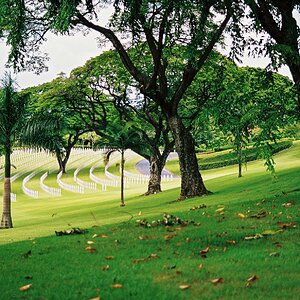
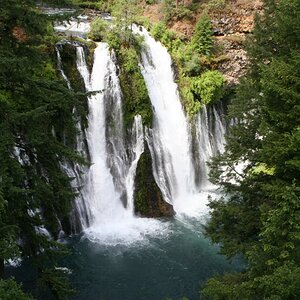
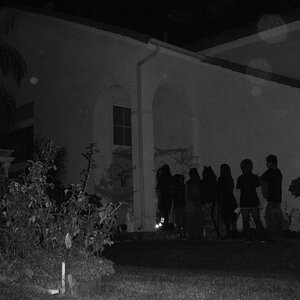

![[No title]](/data/xfmg/thumbnail/35/35947-ab35bfc67d8e12ce65dda301d3bf2b66.jpg?1619737255)
![[No title]](/data/xfmg/thumbnail/39/39289-c5ea6a611707fdd5786347f4a67d63ae.jpg?1619738957)
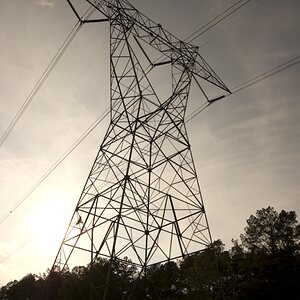
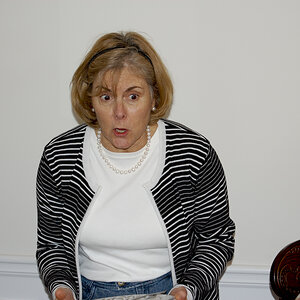
![[No title]](/data/xfmg/thumbnail/35/35948-700e0d840da0ca73727b1bd6d99b4142.jpg?1619737257)
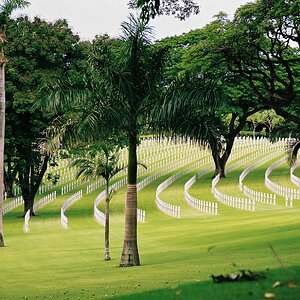
![[No title]](/data/xfmg/thumbnail/31/31747-2e2e2bda16938a6a1d5fd6120c558293.jpg?1619734987)